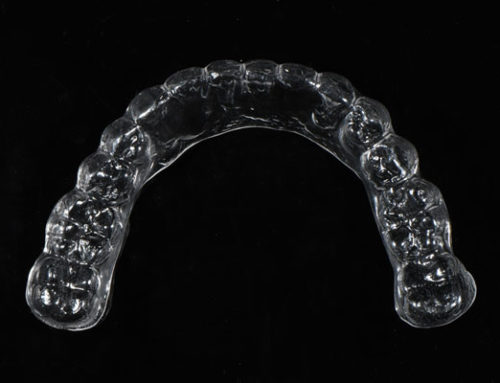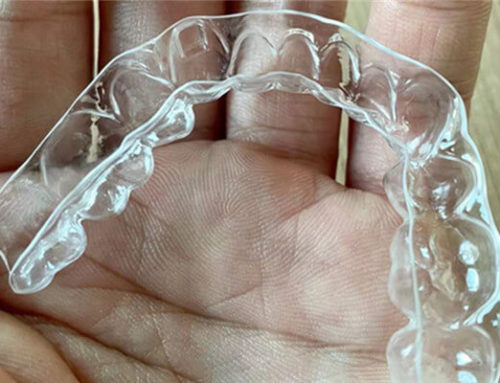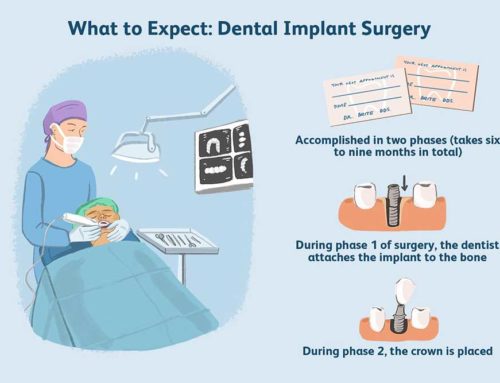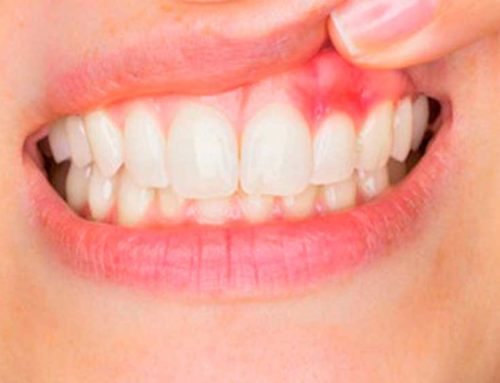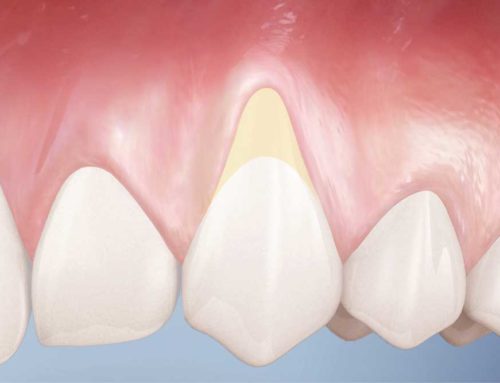If your dentures are not as suitable as they used to be, it may be time to consider correcting dentures. Denture relining is a process that your dentist can use to provide a new, more comfortable fit for your existing dentures without having to replace them. Here is an overview of denture relining, so you can know what will happen during the process, and you can also have an informed conversation with your dentist.
1. Process of Denture Relining
Defining a tooth is usually a simple operation that can be completed in less than an hour. When you go to the dentist, he or she will first check your mouth to assess the current level of irritation. If inappropriate dentures cause severe ulcers or swelling, the dentist may recommend temporary fillings while the mouth heals and allow you to come back for permanent fillings later.
The denture plate must be ground away a small amount before your dentist can create a permanent dental floss. After removing the uncomfortable parts in contact with the oral cavity, the dentist will apply a soft or hard resin to the dentures. You have to put the dentures back in your mouth and bite down gently, leaving an impression on the resin. Once the resin hardens, the logging is completed.
2. Soft Relining
Cushion resin is one of two alternative denture cushion materials. This resin is made of silicone, creating a softer and more comfortable base for dentures. For people with thin or particularly sensitive gums, a soft liner is the best choice because it will reduce the chance of inflammation in the future.
The disadvantage of soft relining is that because the material is softer, it is also less durable than the original denture or hard lining resin. This means that if you choose to use hard resin, you will need more frequent visits to reline. For older patients, a softer line is a better choice, because their gums are usually thinner and the gums and other tissues of the mouth are degraded more severely.
3. Hard Relining
Hard relining are the standard denture braces because they are long-lasting and comfortable, except for the most sensitive gums. The hard relining resin is made of acrylic resin, and its composition is similar to the original acrylic resin on your dentures. For hard dentures, you should not expect your dentures to be flossed more frequently than every one to two years.
The only potential disadvantage of hard denture relining is that it cannot always be done on the day of your visit. Although your dentist may use dental floss, remove your oral impression, and harden the lining putty at a time, he or she may choose to send the impression to a dental laboratory for development. This will keep your dentures off for a few days, but it is sometimes necessary to ensure that the hard resin fits perfectly.
4. Benefits of Relining
Denture relining solve some of the problems you might think you need to replace dentures. Ulcers, irritation and general malaise are the main reasons why many patients consider retreatment. You may find that wearing dentures with relining is easier to chew, and it can also solve slurred speech, slurred speech and other speech difficulties caused by improper dentures. Orthodontic braces are also cheaper than a brand new set of dentures.
Even if you maintain perfect oral health habits, the shape of your mouth will change over time. Denture bushings are the best way to update old dentures so that they can be used comfortably throughout your life.
